PsychNewsDaily Publishers
100 Summit Drive
Burlington, MA, 01803
Telephone: (320) 349-2484
PsychNewsDaily Publishers
100 Summit Drive
Burlington, MA, 01803
Telephone: (320) 349-2484
Sophie Germain, Hedy Lamarr, Ada Lovelace, Nellie Bly, Rosalind Franklin, Irena Sendler, Grace O'Malley, Ching Shih, Ida B. Wells, Mary Anning, Harriet Tubman, and Hypatia were groundbreaking women who profoundly impacted various fields throughout history.
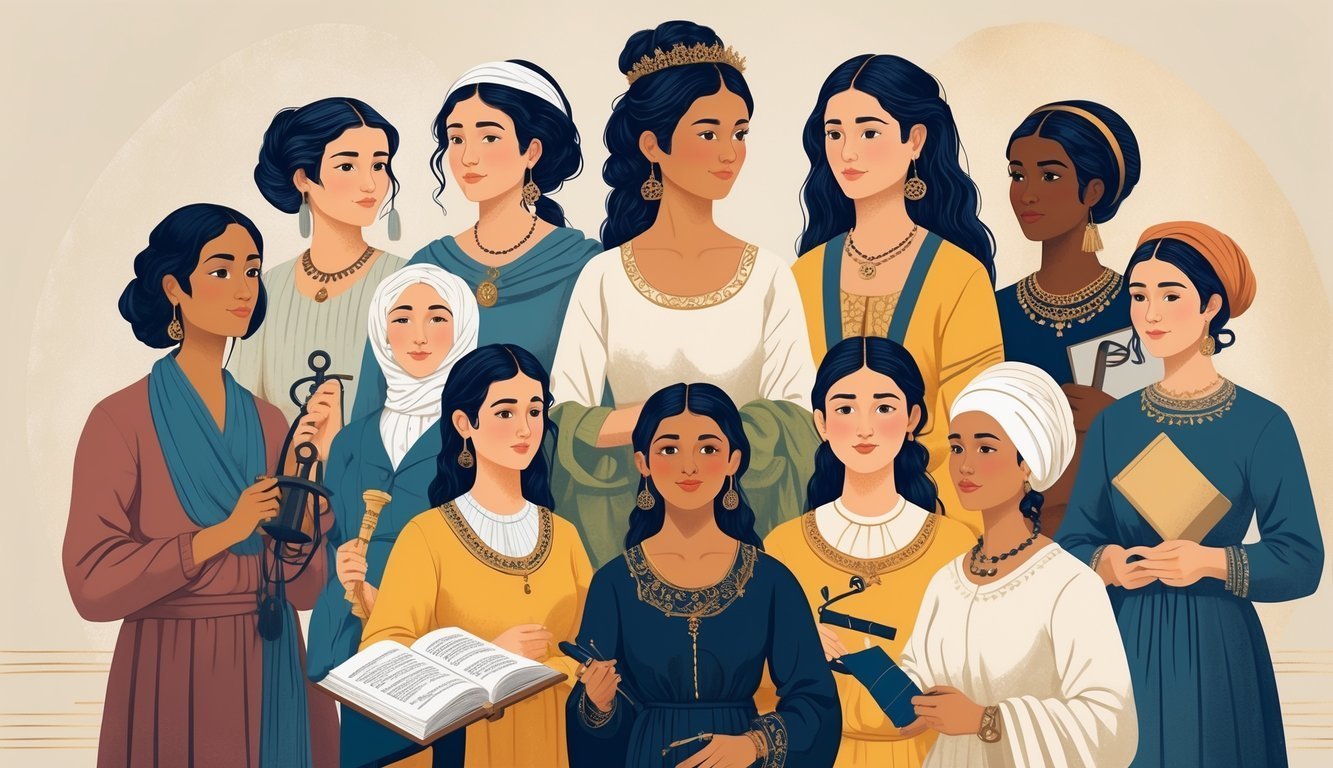
History usually shines a spotlight on famous men, but so many women have quietly shaped the world in ways we barely hear about. Their stories often get tucked away or just plain ignored, which leaves out some of the most interesting parts of our past.
You’ll see how these 12 women made huge changes behind the scenes, even when almost nobody noticed. Their achievements prove that history is packed with surprising heroes who really deserve a little more credit.
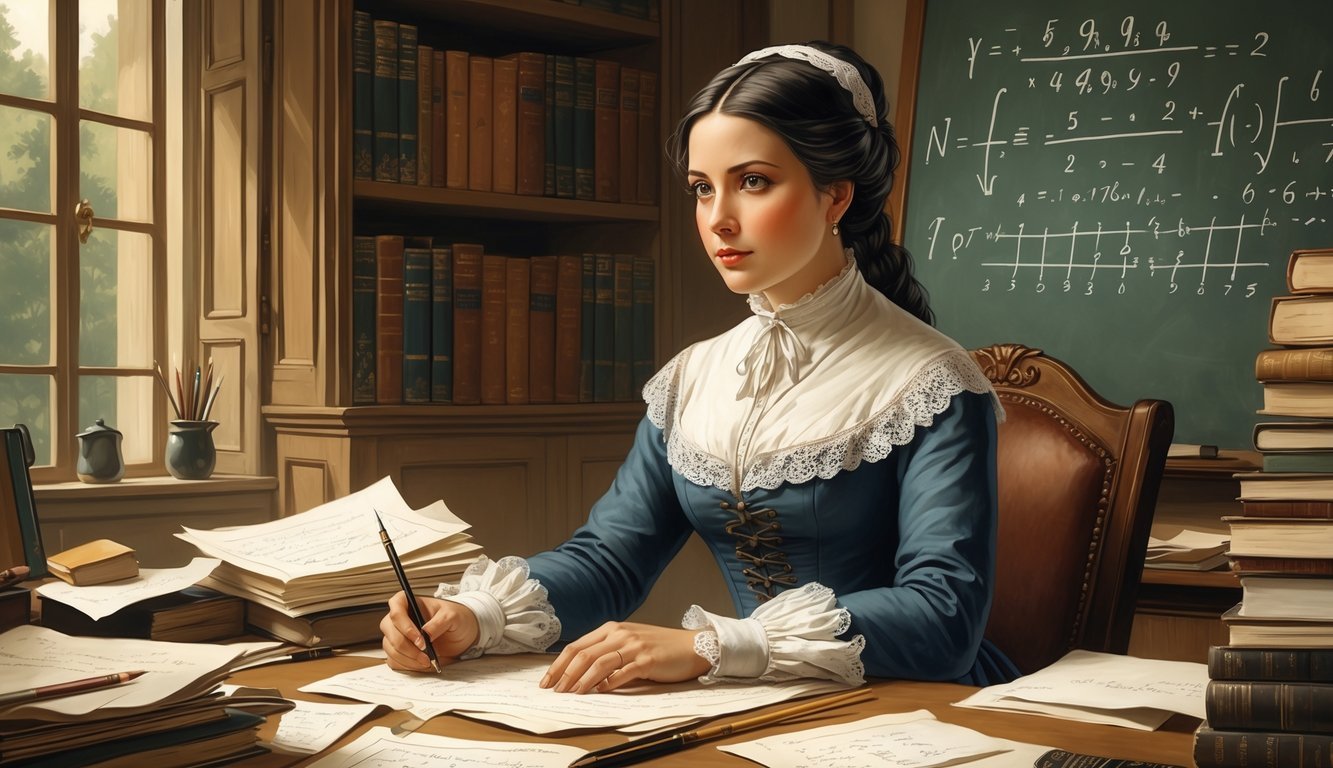
Sophie Germain’s story is honestly pretty wild. She grew up in France at a time when people tried to stop women from studying math, but she didn’t let that stop her.
She taught herself with whatever books she could find and even reached out to famous mathematicians for advice. Her work in number theory helped crack parts of Fermat’s Last Theorem, which stumped experts for ages.
She inspired folks like Legendre to make their own discoveries. Even with all the obstacles, Sophie proved that passion and stubbornness can break through walls in science.
Her story feels like a pep talk for anyone who loves math or just keeps bumping into roadblocks.
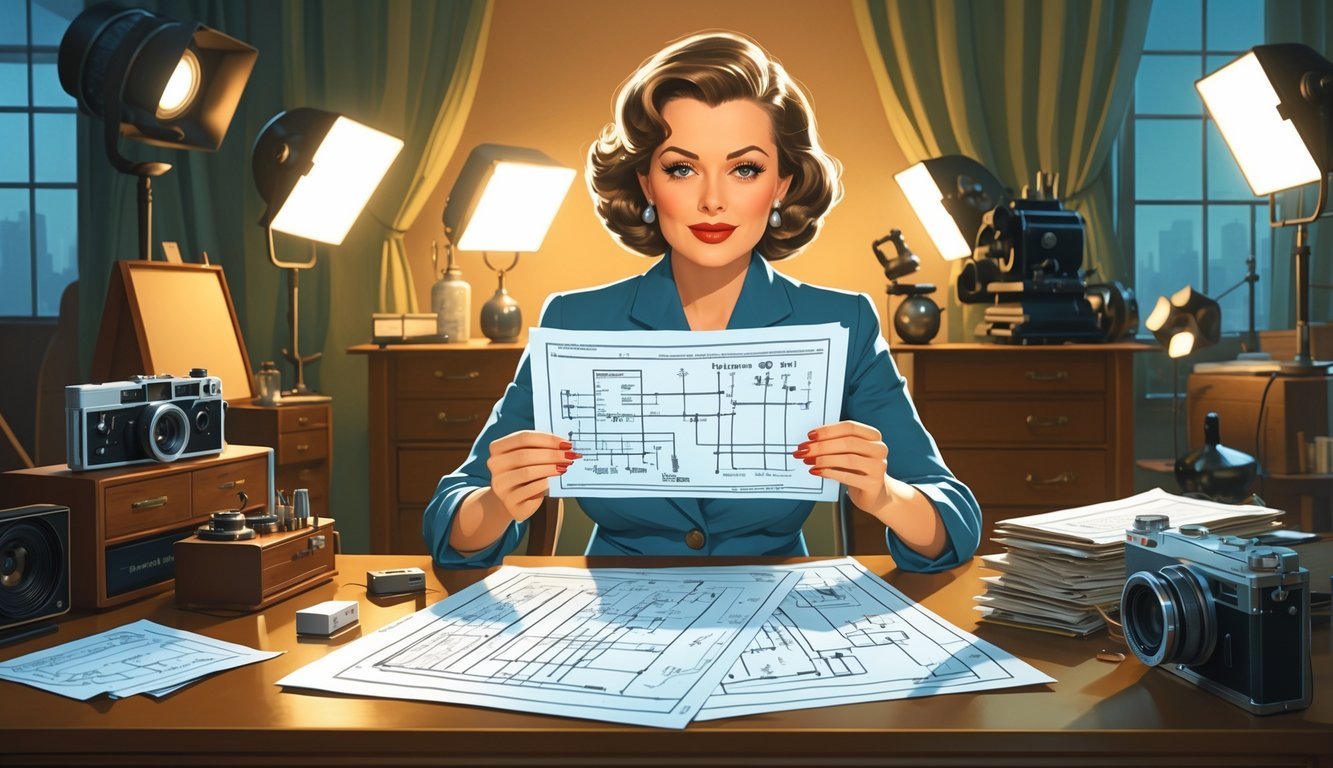
You might picture Hedy Lamarr as a glamorous movie star, but she was also a sharp inventor. During World War II, she helped invent frequency hopping, a system that let radio signals jump between channels so enemies couldn’t jam or tap them.
She wanted to protect Allied torpedo communications, and her invention ended up laying the groundwork for WiFi, GPS, and Bluetooth. It’s kind of wild how someone could be both a Hollywood icon and a tech pioneer.
Her secret contribution changed the whole world of wireless communication. Honestly, it’s pretty cool to think about.
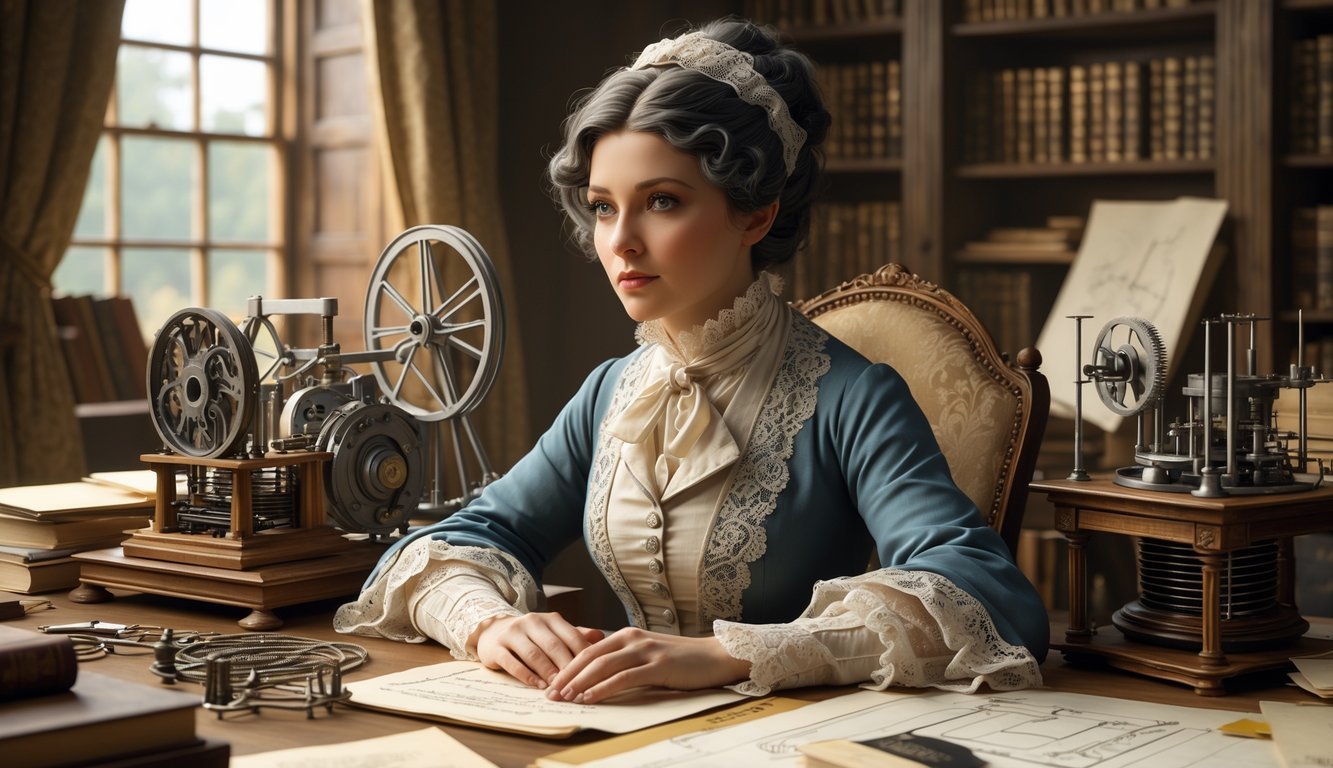
Ada Lovelace, born in 1815, basically became the world’s first computer programmer—way before computers were even a thing. She worked with Charles Babbage on his Analytical Engine, which was sort of the blueprint for computers.
Ada wrote detailed notes showing how the machine could follow instructions to solve math problems. She actually created the first algorithm meant for a computer.
Her mom made sure Ada learned science and math, which really paid off. If you’ve ever used a computer or a phone, you’re kind of following in her footsteps.
Ada imagined machines doing all sorts of tasks, not just crunching numbers. She really saw the future.
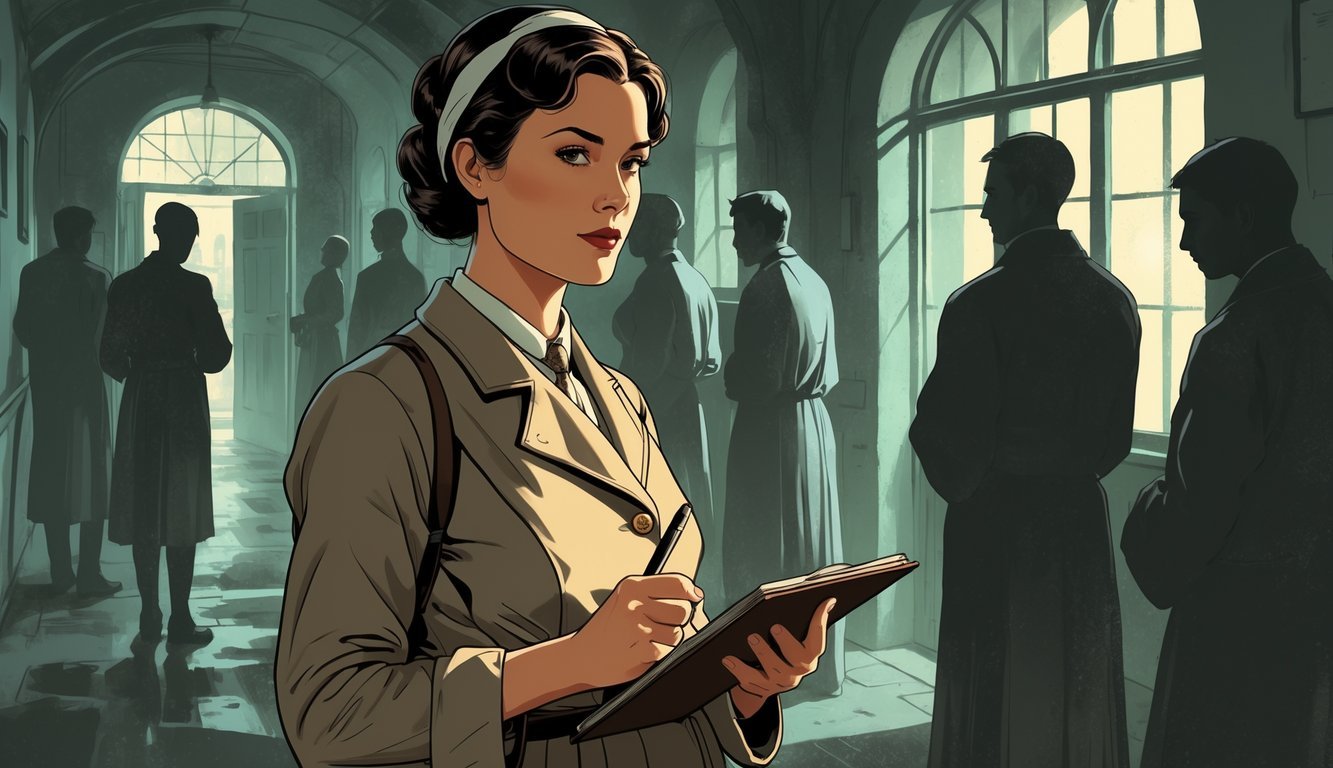
Nellie Bly’s courage is just unreal. In 1887, she pretended to be a patient so she could sneak into a New York mental hospital and see what life was really like inside.
She lived in the asylum and saw the horrible conditions herself. Her reports exposed neglect and abuse, which pushed people to demand changes for mental health patients.
Nellie broke all kinds of rules about what women could do back then. Her story is a reminder that brave reporting can shake up the world.
She didn’t just cover history—she made it.
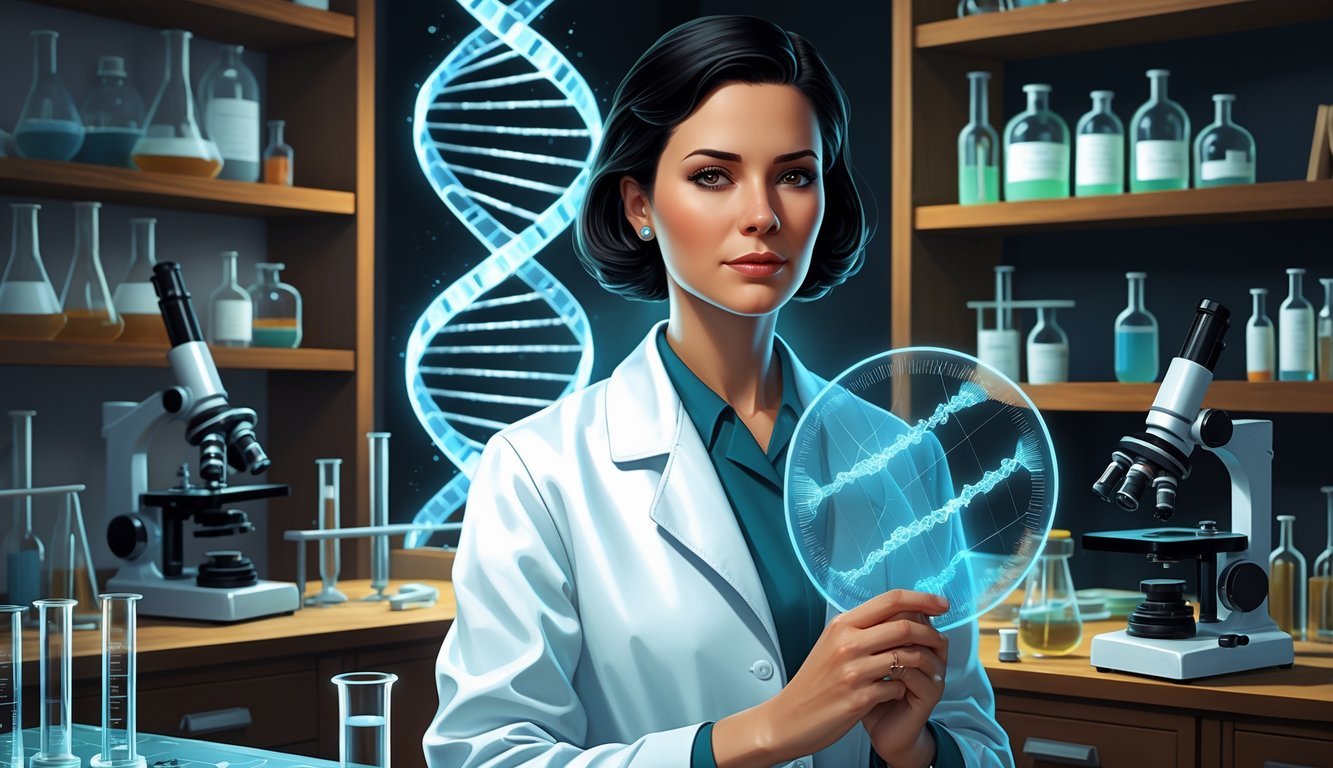
You’ve probably heard about the double helix, but Rosalind Franklin made it possible to see DNA’s shape. She used X-ray crystallography to snap the famous “Photo 51,” which showed DNA’s structure.
Her clear images helped Watson and Crick figure out their model. Franklin’s work unlocked how genetic information gets stored and copied.
It’s a bit sad—she didn’t get proper credit during her life, and people even shared her data without asking. Still, her role was absolutely vital.
Her story is a good reminder to give credit where it’s due, especially to women in science who often get overlooked.

Irena Sendler’s bravery during World War II almost feels unreal. She worked as a social worker in Nazi-occupied Poland and managed to smuggle around 2,500 Jewish children out of the Warsaw Ghetto.
She used a permit for sanitary inspections to get inside, then secretly helped kids escape. Irena wrote down the names of the children she saved and hid them in jars, hoping to reunite families later.
Even after the Nazis caught and tortured her, she didn’t give up. Her courage and determination to save innocent lives still inspire people everywhere.
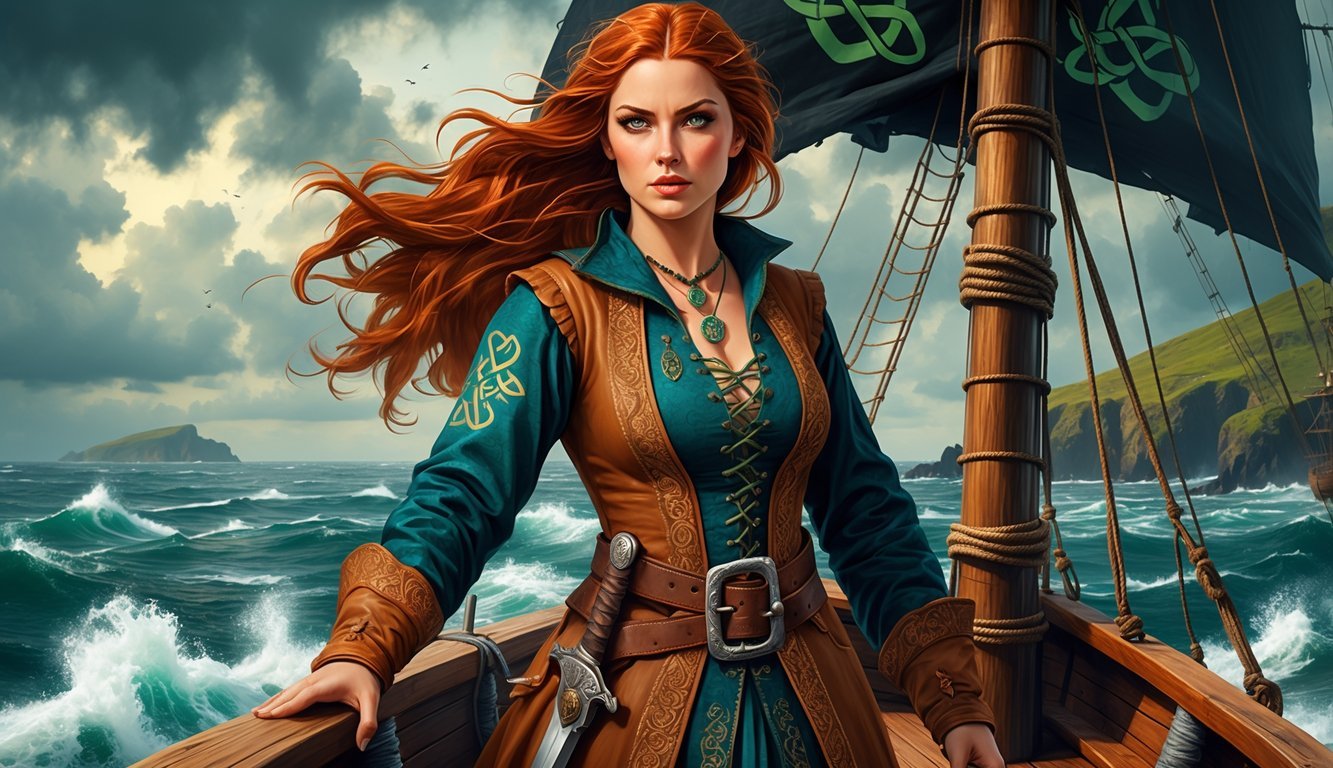
Grace O’Malley, the pirate queen of 16th-century Ireland, was something else. She took over her clan’s lands and fleets, which was almost unheard of for a woman back then.
She didn’t just sail—she commanded. Her navigation and leadership skills kept her people safe and pushed back against English control.
Grace faced powerful enemies and never backed down. She proved women could lead with guts and brains in a world run by men.
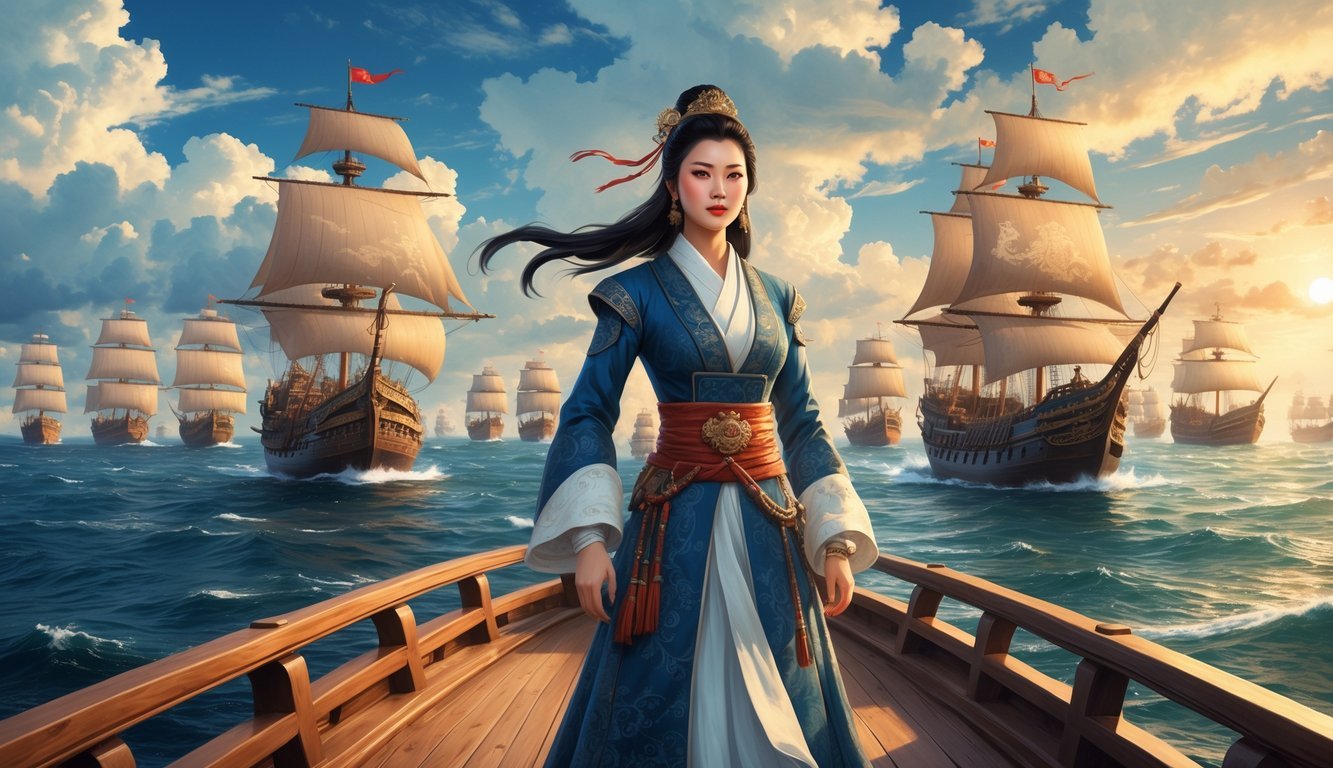
Ching Shih’s name might not ring a bell, but she ruled the seas in China’s Qing Dynasty. She led a pirate fleet with over 1,800 ships and thousands of crew—her power was just massive.
She started out with almost nothing, married a pirate captain, and took over when he died. Ching Shih somehow kept control over this giant crew.
She set strict rules to keep pirates in line and even fought off huge navies like the British and Portuguese. It’s honestly hard to imagine running a pirate empire with that kind of nerve.
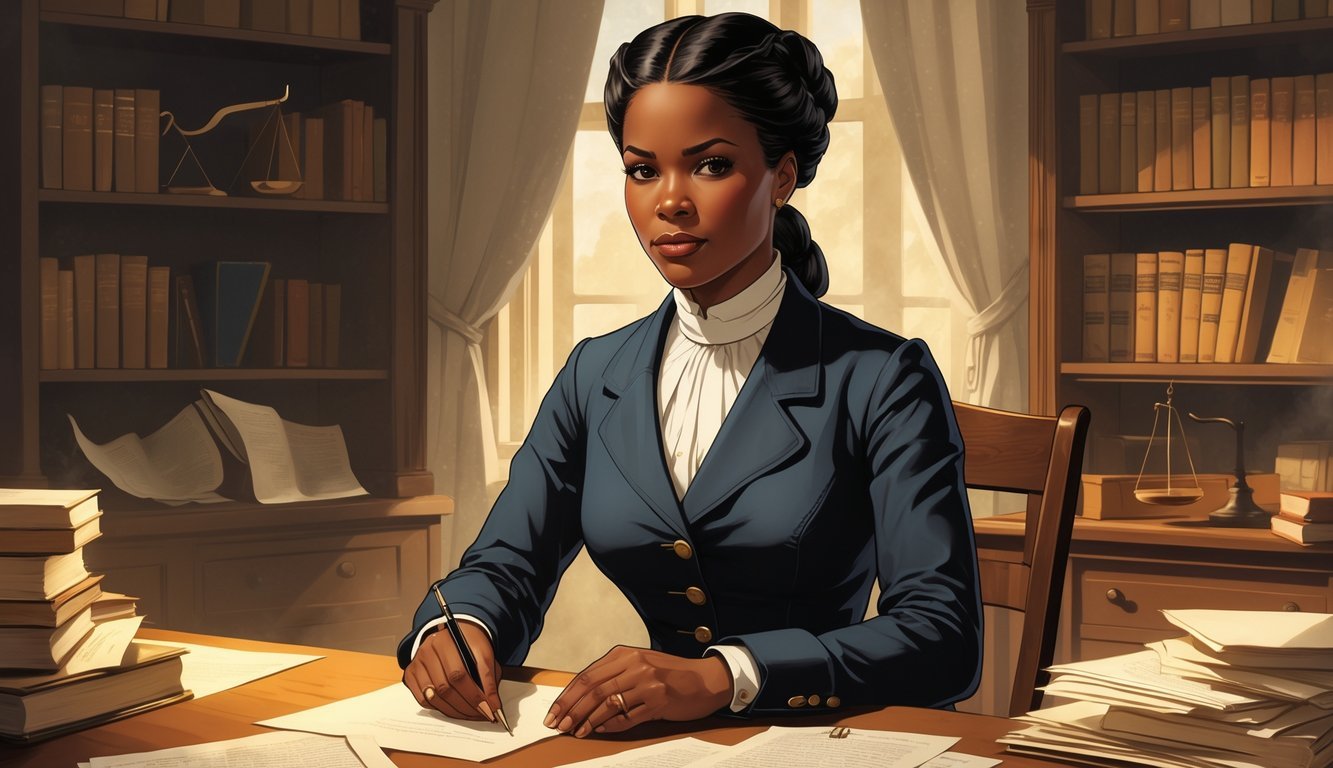
Ida B. Wells was a journalist who refused to stay quiet about lynching in the late 1800s. Born into slavery, she used her writing to shine a light on the violence African Americans faced.
She risked her life to tell these stories, showing just how much guts she had. Ida also helped found groups for civil rights and women’s votes.
Her voice really made a difference, and she showed that speaking up for justice matters.
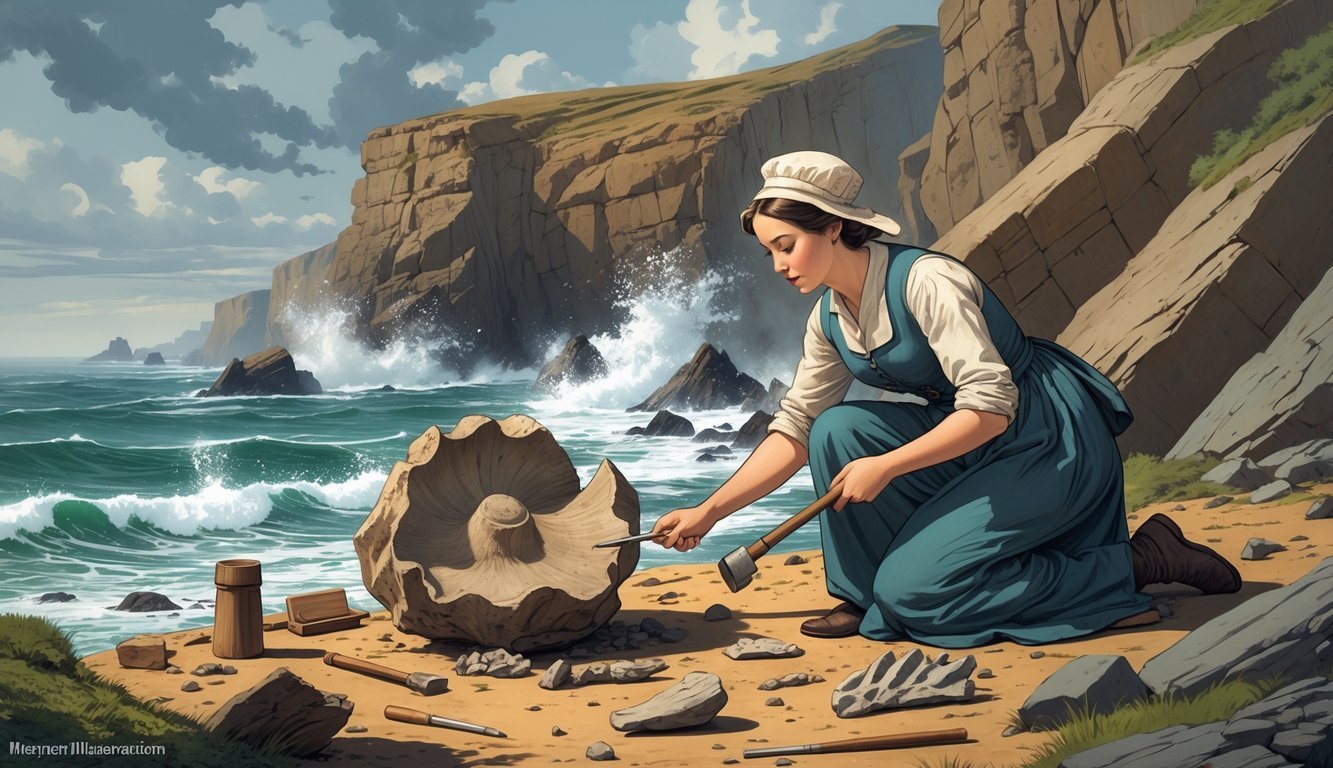
Mary Anning hunted fossils along the English coast and changed how people understood ancient life. She found remarkable fossils, including the first complete Ichthyosaurus skeleton.
She didn’t have formal schooling, but that didn’t stop her from collecting and identifying fossils. Her discoveries proved that some animals really did go extinct.
Even though science was mostly a boys’ club in the 1800s, Mary kept digging and making new finds. People all over the world now celebrate her work.

Harriet Tubman’s courage kind of leaves you speechless. She escaped slavery herself, then risked it all to guide others to freedom through the Underground Railroad.
For about eight years, she led dozens of people to safety and never lost a single passenger. She was like a beacon in the darkness.
Tubman didn’t stop there—she worked as a spy and nurse during the Civil War and later cared for the elderly. Her strength and heart keep inspiring people everywhere.
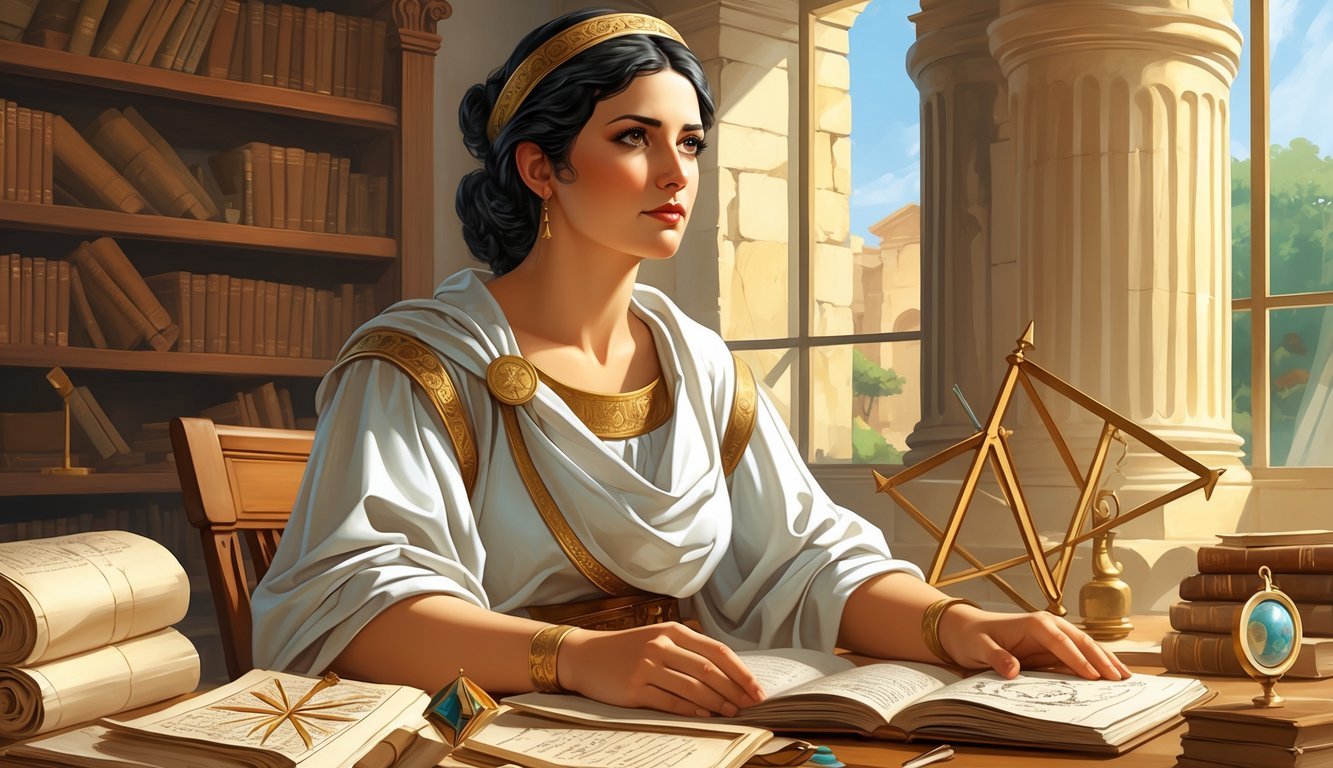
Honestly, Hypatia’s bravery and intelligence are just incredible. She lived in Alexandria more than 1,600 years ago, which still blows my mind.
She dove into math, philosophy, and astronomy at a time when hardly any women got a shot. Not only did she study, but she also taught a bunch of students, sharing what she knew without holding back.
I find it pretty inspiring that she ran a school of philosophy—even though society mostly expected men to do that. Her story stands out because she stood up for reason, even when things got heated and dangerous.
People killed her for her beliefs, but her work and courage still shine today. Doesn’t her legacy make you wonder what else she could’ve achieved?